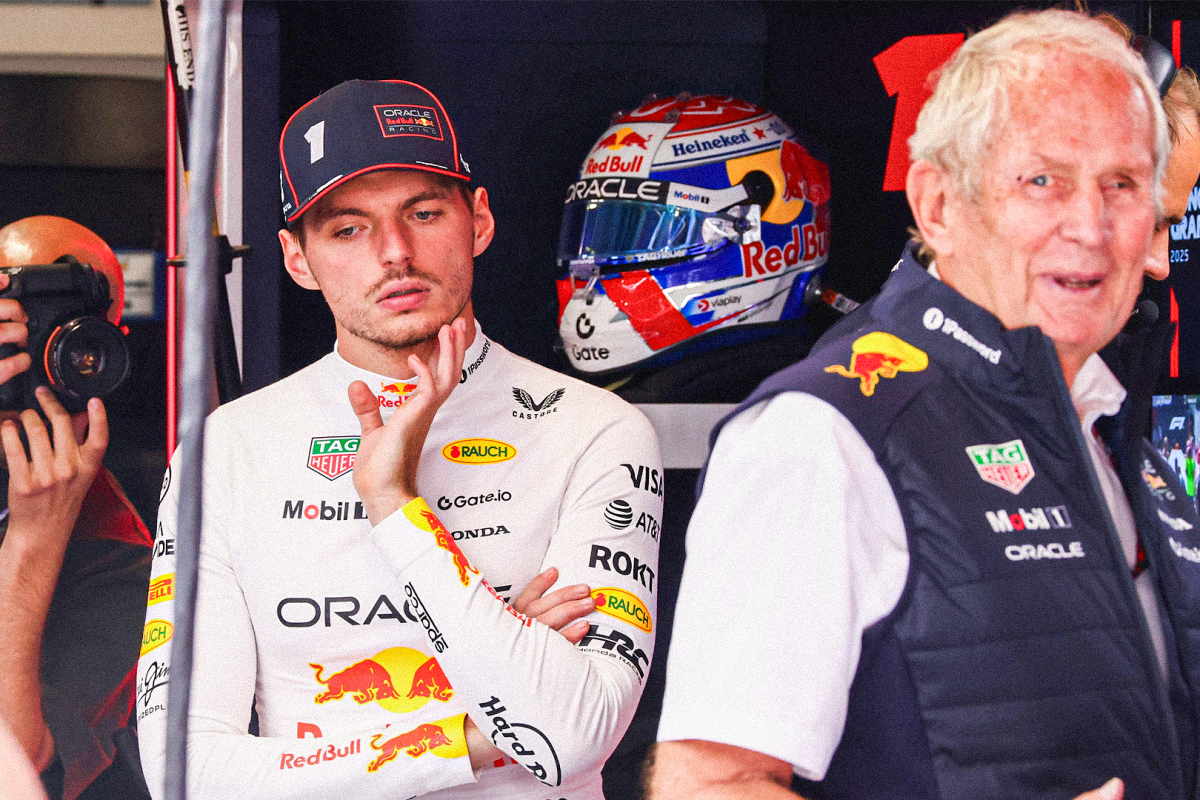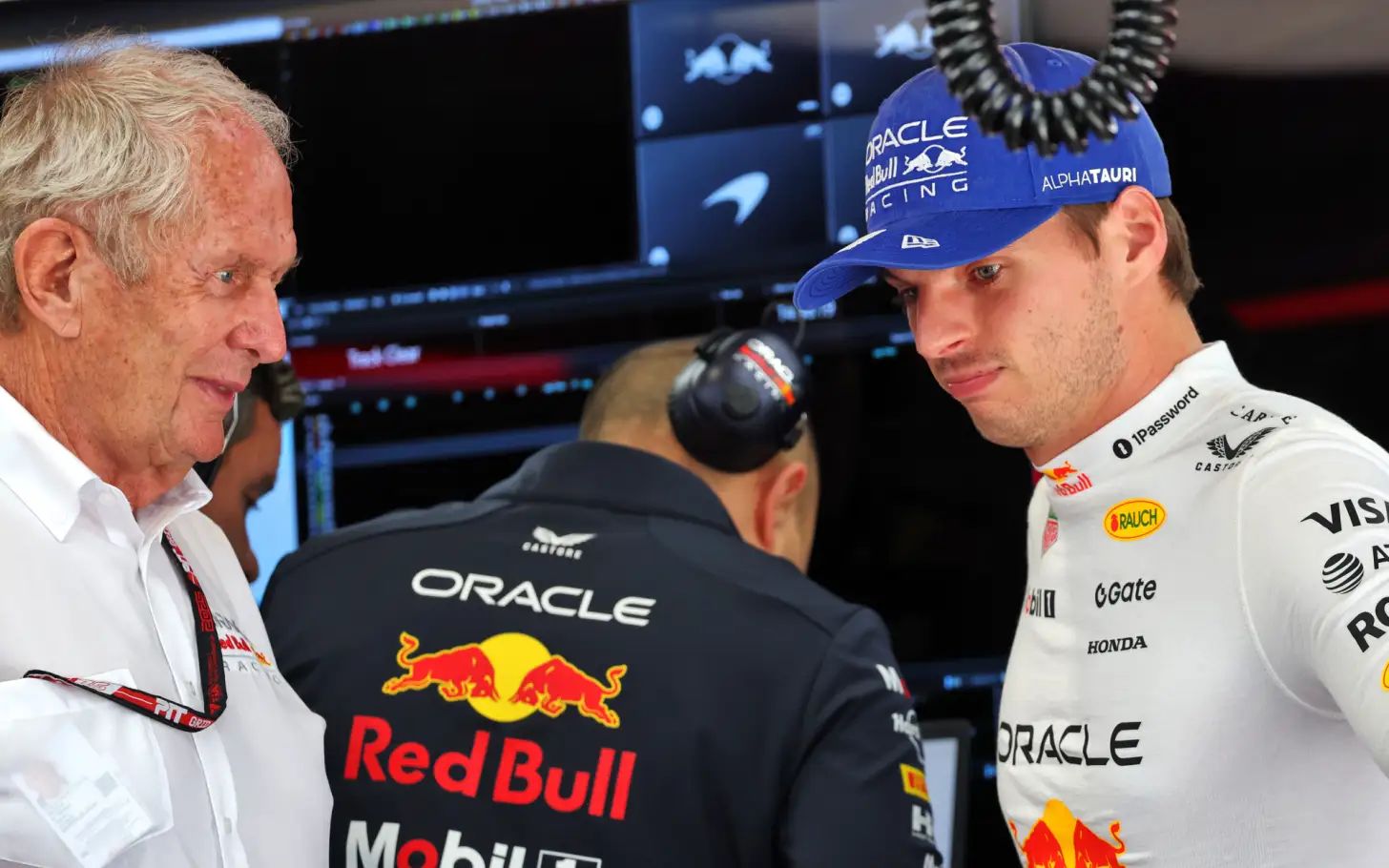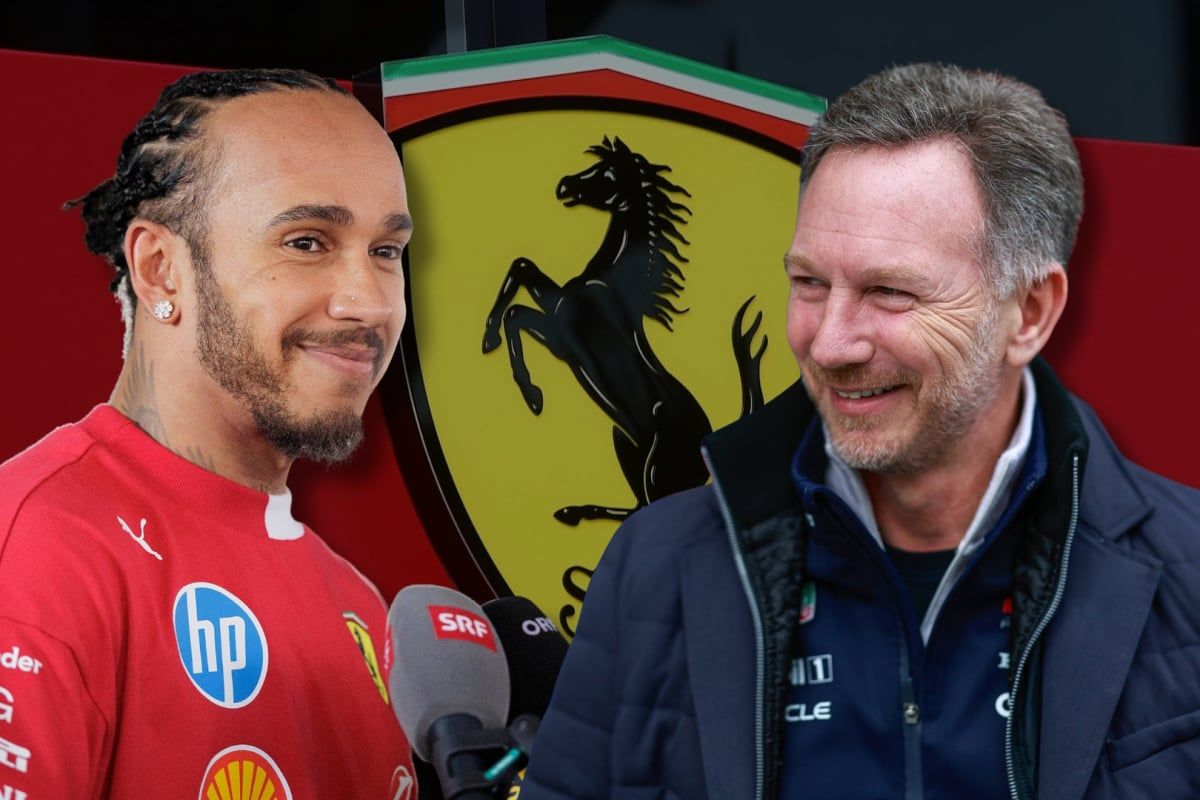Red Bull Facing “Trust” Crisis as Max Verstappen Dominates Over Teammate Yuki Tsunoda, Karun Chandhok Warns
Former Formula 1 driver and respected Sky Sports analyst Karun Chandhok has raised serious concerns about Red Bull Racing’s internal dynamics, suggesting that the drastic performance gap between Max Verstappen and Yuki Tsunoda is hindering the team’s ability to properly develop their car and make informed set-up decisions during race weekends. According to Chandhok, Red Bull’s current situation effectively makes them a “one-car team,” leaving them exposed heading into next year’s sweeping regulation changes.
The remarks came on the back of a challenging weekend at the São Paulo Grand Prix, where Red Bull struggled to find the right configuration for Verstappen’s RB21. Because the event featured a sprint format, teams only had a single practice session before locking in car setups for qualifying and the race. That limitation proved costly for Red Bull, who needed multiple attempts to refine Verstappen’s car—eventually opting to start him from the pit lane with a fresh power unit and updated configurations.
Despite the setback, Verstappen delivered yet another heroic drive, carving his way through the field to finish third and extend his podium streak to seven consecutive races. However, the bigger picture is far less encouraging. Lando Norris’ win for McLaren has widened Verstappen’s deficit in the championship to 49 points with just 83 available. With only three rounds remaining, a fifth world title now appears almost mathematically out of reach.
Chandhok believes the bigger problem isn’t just the points gap—it’s the lack of meaningful support Verstappen is receiving from the other side of the garage. Since Tsunoda took over the second Red Bull seat two races after the start of the season, he has scored only 25 points. Verstappen, in the same period, has amassed a massive 305 points. The disparity is so large that Red Bull cannot reliably compare driver data or run split development programs, a key strategy used by top teams such as McLaren and Mercedes.
Chandhok explained that during weekends with limited track time, the advantage of having two equally competitive drivers becomes crucial. Teams can divide testing duties, evaluate different setup ideas in parallel, and then pool information to determine the best direction before qualifying and the race.
“This is where Red Bull are hamstrung,” Chandhok said. “When you’ve got two drivers at a similar level—like McLaren do—you can send them out with different updates or setup options and compare the data. But when there’s such a big performance gap like there is between Verstappen and Tsunoda, you don’t really know whether the difference is down to the car or the driver.”
The lack of trust in Tsunoda’s feedback, Chandhok argues, forces Red Bull to rely almost exclusively on Verstappen’s judgment and driving style. That creates a major operational disadvantage—especially when regulations are tight and the development race moves fast.
The warning becomes even more urgent when considering what lies ahead. In 2026, Formula 1 will introduce a major overhaul of both the chassis and power unit regulations, ushering in a new technical era. The ability to develop and validate upgrades rapidly will be essential, and Chandhok fears Red Bull could fall behind if they remain dependent on just one proven driver.
“Next year, with new rules and constant updates coming, they need two drivers who can contribute,” he continued. “Otherwise, their development will fall behind.”
Red Bull has already shown signs of struggle this season compared to earlier years of dominance. While Verstappen remains capable of rescuing strong results through sheer talent, the team’s reduced margin over rivals like McLaren and Mercedes has exposed their vulnerability. A one-driver structure may have been manageable under stable rules, but the coming era demands depth and data redundancy.
Meanwhile, Tsunoda’s future remains a question mark. Although he has demonstrated flashes of speed in previous seasons, his performance next to Verstappen has raised doubts about his long-term fit at a championship-contending team. The gap is so substantial that Red Bull not only loses development value but also risks misdiagnosing problems or making setup decisions based on incomplete feedback.
Chandhok’s assessment echoes a concern privately shared by many analysts: that Red Bull’s internal imbalance could become their biggest competitive weakness. If the team wants to remain at the top in 2026 and beyond, they may need to rethink their driver lineup—or risk seeing once-dominant form erode as other teams maximize the benefits of having two reliable inputs.
For now, Verstappen remains capable of miracles, but as Chandhok concludes, Formula 1 is too complex and too competitive for a team “to win everything with just one car.”




